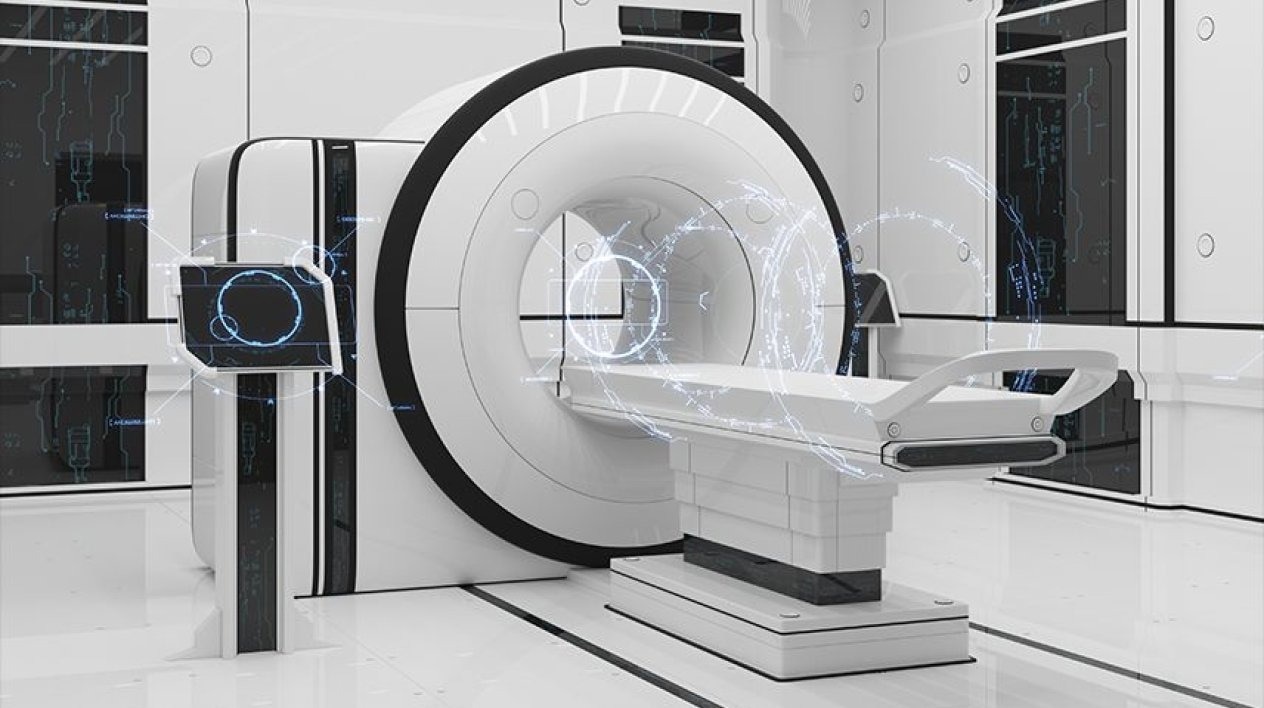The demand for obtaining and interpreting medical images is outpacing the availability of medical experts proficient in operating imaging devices and analyzing their results.

Image Credit: Amsterdam UMC
This surge is contributing to an escalation in the workload for experts and longer waiting lists. To address this challenge, a consortium led by Amsterdam UMC aims to enhance the accessibility of imaging technology.
Utilizing artificial intelligence, the consortium seeks to empower less-specialized experts to acquire and analyze medical images.
To support this initiative, the Dutch Research Council (NWO) has granted 6.1 million euros to the AI4AI project.
Typically, medical images are captured in hospitals using costly imaging devices like CT or MRI scanners, necessitating specialists to operate these devices and interpret their outputs.
Our aim is to use artificial intelligence to develop technologies that allow the use of affordable and/or portable devices such as ultrasound and ultra-low-field MRI. Also, our aim is to allow the use of imaging devices by e.g. general practitioners, sonographers, and specialist nurses to reduce the need for very highly specialized experts.
Ivana Išgum, Professor, Artificial Intelligence and Medical Imaging, Amsterdam UMC
Also, Išgum is the coordinator of the national consortium implementing the AI4AI project.
Less Pressure on Staff
AI technology can reduce the need for highly specialized experts for operation of medical devices and analysis of medical images, which has the potential to greatly reduce the pressure on personnel and the associated costs.
Ivana Išgum, Professor, Artificial Intelligence and Medical Imaging, Amsterdam UMC
Išgum worked together with Professor Clarisa Sánchez and headed the interfaculty research group qurAI that concentrates on the responsible development of AI in healthcare.
Shortening Waiting Lists
The surging demand for medical images is placing a significant burden on radiologists and other specialists, leading to a substantial increase in their workload.
This heightened workload can result in symptoms of burnout, impacting the sustainability of healthcare and causing longer waiting lists. Consequently, patients may be required to travel longer distances to access the essential care they need.
Ivana Išgum adds, “With this project, we want to contribute to bringing medical imaging closer to patients’ living environment and make it more accessible for patients. In addition, hospital care in developing countries may not always be accessible to everyone. There may also be fewer highly skilled experts available. We also hope to contribute to more accessible healthcare for people in these countries.”
Radiologist Nils Planken from Amsterdam UMC notes that numerous colleagues among radiologists and other medical specialists appreciate the assistance provided by technology.
AI technology that can support the creation, interpretation, and reporting of medical imaging studies has the potential to shorten waiting lists and reduce workload and perhaps also improve quality.
Nils Planken, Radiologist, Amsterdam UMC
Planken added, “The correct use of diagnostics outside the hospital has the potential to prevent patients from being sent to the hospital, or to sending patients to the hospital in an even more targeted way.”
Applications
AI4AI concentrates on various diseases and specialties, encompassing the analysis of stroke and brain tumors, the visualization and interpretation of organ tissue perfusion during surgery, the quantification of fetal biomarkers for detecting abnormalities in pregnancy, and the identification of patients necessitating invasive coronary artery treatment.
Additionally, the project addresses the identification of patients with heart disease, the enhancement of workflow in image-guided radiotherapy, referrals for urgent care, screening and triage of threatening visual disorders, the selection of patients eligible for immunotherapy, and the improvement of imaging workflow for assessing orthopedic implants.